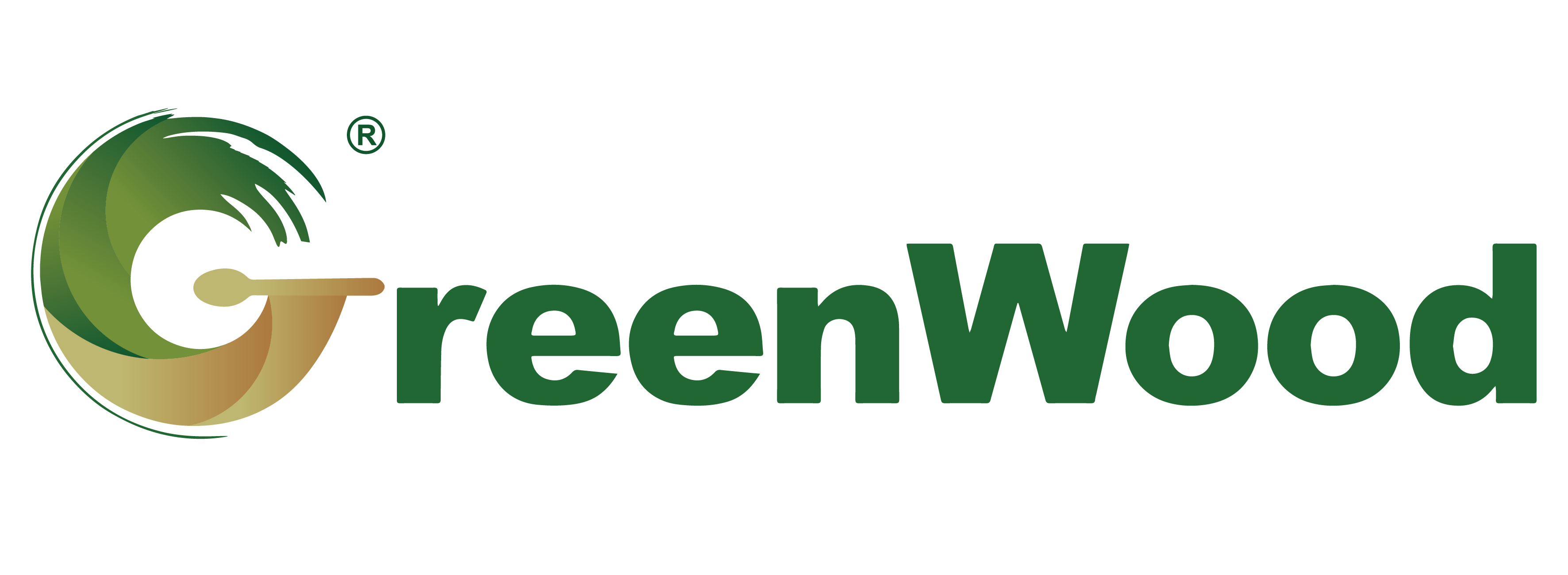How to Choose Bamboo Skewers? A Buying Guide from Safety to Practicality
1. Choose Raw Materials: Master the First Safety Check with 3 Key Indicators
• Opt for Mature Moso Bamboo (Growth Period ≥ 3 Years)
Safety Advantages: With a fiber density of ≥ 0.75g/cm³, it is heat-resistant, hard to bend, and odor-free at high temperatures—meeting the odor test requirements for exports to Europe and the US;
Pitfall Alert: Avoid young bamboo (prone to cracking and juice leakage, which contaminates food) and mixed bamboo species (high in impurities, posing potential safety risks).
• Strictly Control Moisture Content (8%-10%, Refer to GB/T 26906-2011)
Practical Identification: Gently scratch the skewer surface with a fingernail—qualified bamboo shows a shallow scratch that rebounds within 10 seconds;
Safety Relevance: In humid regions (e.g., Southeast Asia), moisture content over 12% easily causes mold; in arid regions (e.g., the Middle East), moisture content below 8% leads to brittleness and breakage—both affect usage safety.
• Firmly Reject Sulfur Fumigation
Safety Standard: EU REACH Regulation requires sulfur dioxide residues ≤ 10mg/kg;
Practical Tip: Choose bamboo with a natural color (light yellow to light brown) and avoid "abnormally white appearance." Be sure to ask suppliers for a sulfur dioxide test report.

2. Evaluate Craftsmanship: 2 Details Determine Safety and Durability
• End Processing: Meet Both Safety and Practicality Standards
Safety Guarantee: The tip must be blunt and rounded (radius ≥ 0.5mm) to avoid oral scratches;
Practical Requirement: The cut end should be free of splits and burrs (run your hand along the skewer 3 times—no snags felt) to prevent skewer breakage and rework when threading food.
• Dimensional Tolerance: Smaller Tolerance Means Better Practicality
Practical Standard: Length tolerance ≤ 0.3cm, diameter tolerance ≤ 0.1mm;
Value Relevance: Prevents messy plating (especially for catering use) and reduces skewer breakage during heating, enhancing user experience.
3. Select by Scenario: Choose Precisely for 3 Scenarios to Ensure Practicality
• BBQ Skewers: Heat Resistance and Load-Bearing Are Core
Practical Parameters: Diameter 2-3mm, length 20-25cm;
Safety Test: Qualified skewers remain undistorted and unscorched after being baked in a 200℃ oven for 5 minutes, withstanding high BBQ temperatures and the weight of meat.
• Dessert/Fruit Skewers: Balance Thinness and Toughness to Avoid Damage
Practical Parameters: Diameter 2-3mm, length 8-12cm;
Safety Test: Qualified skewers quickly rebound without cracks after being bent to 120°, preventing damage to desserts/fruits and avoiding scratches from breakage.
• Cross-Border Retail Skewers: Dual Guarantee of Compliance and Convenience
Safety Prerequisite: Mandatory FSC (raw material compliance) and SGS (food contact safety) certifications;
Practical Upgrade: Equip with skewer separators (to prevent hand scratches when separating) or hanging holes (for easy storage) to boost repurchase.

4. Pitfall Warnings: 3 Risks to Avoid for Safe and Practical Foreign Trade Purchases
• Don’t Chase Low Prices: Hidden Safety Risks Lurk Behind Low Costs
Practical Advice: For skewers priced 20% below the market average, carefully check if they are made from small bamboo ,easy break
• Check Certification Validity: Expired Certifications Are Useless
Safety Reminder: FSC and SGS certifications must be valid within the past 6 months;
• Adapt to Shipping Needs: Prevent Loss to Ensure Practicality
Practical Operation: For long skewers (≥ 25cm), use corrugated boxes + bubble wrap for layered packaging to avoid bending; add food-grade desiccants for humid regions (e.g., Southeast Asia) to prevent mold, ensuring received skewers are usable.

